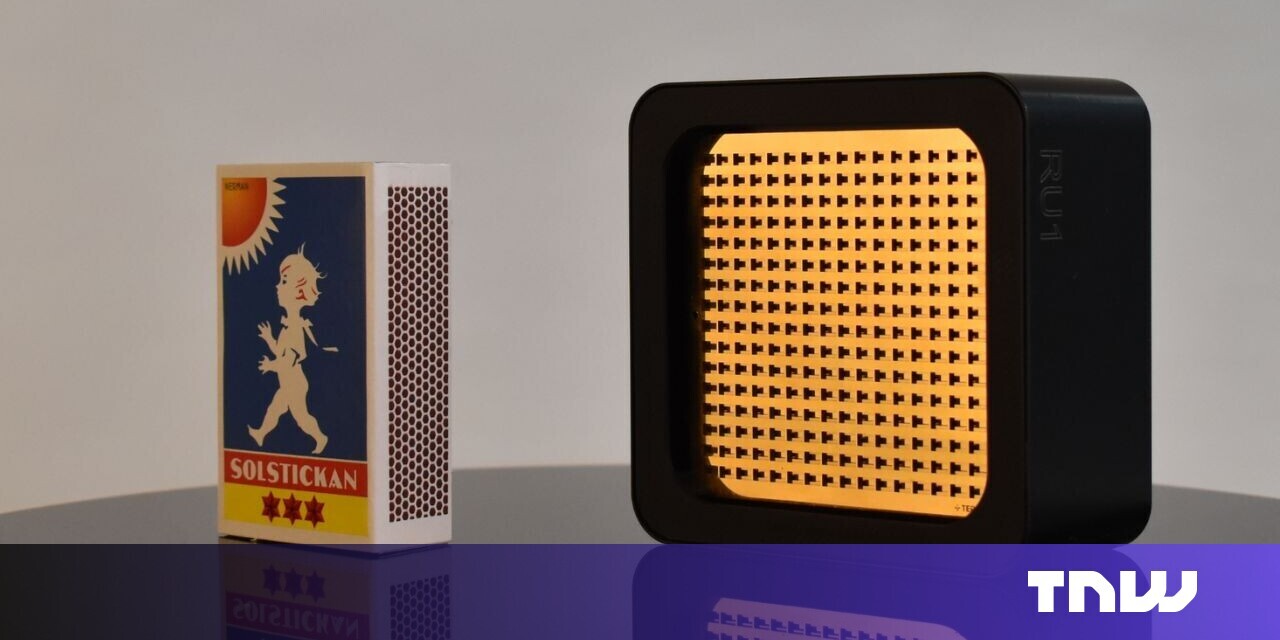Thanks for the clickbait.
How’s it supposed to be a starlink alternative?
Excellent. The fewer things that Musk controls, the better.
The Telegraph’s Ukraine the Latest podcast reported earlier that the Starlink outage two years ago during the Ukrainian summer counteroffensive was directly due to Musk ordering it shut down.
The man has blood on his hands.
fewer*
Thanks, fixed
The man is also a nazi who puts his bloody hands in the air like this:

While LEO satellite internet remains stupid, this is just line of sight radio transmission. Nothing new, and certainly not anything like starlink.
Seems the comparison is just clickbait. Entirely different technologies for different use cases, its a bullshit article
This just sounds like a microwave link? lol
Yea, nothing new here
Probably not as fast as they claim either tbh
We typically use fairly modern E-Band Links at work (which this probably is, being marketed as mmWave lol), they do like 3-5 Gbps max at 1 GHz of bandwidth (which already requires really beefy radio equipment, I kinda doubt a super compact one can handle that). If you do XPIC (basically adding another radio at a different polarisation) you can reach higher speeds of course.
Also, the images make it look like they’re using a phased array instead of an actual parabolic antenna so that would reduce gain as well I assume.
All in all I’m sure it works (P2P wireless is not that hard) but I call moderate leves of bullshit
I found the data sheet
At 71-76GHz it’s about a 4mm wavelength in the E band. These kind of signals can’t penetrate much and throughput will be significantly reduced in bad weather. They are also used primarily in terrestrial fixed links because aiming is difficult (as you must know having worked with other brands in this band). However this is a 240 node flat panel array with electronic beam steering, so it’s able to maintain its own aiming and the throughput would remain decent if its aimed in the general direction since it has about 5 degrees of high power spray. At 32DBI it’s going to do about 50% of the 10gbps over 3-5km and down to mbps over around 15km or more.
After looking at it in more detail it’s cooler than I originally thought, but it’s not doing anything that hasn’t been done before.





